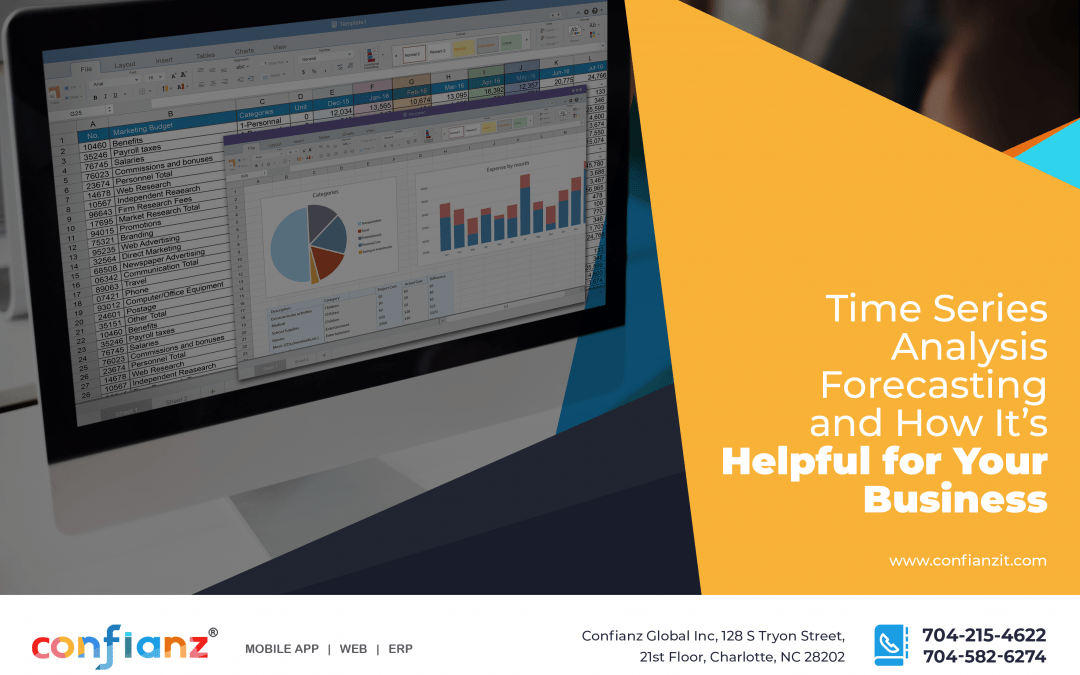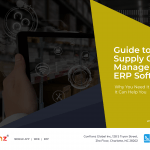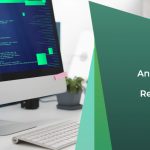Businesses should always look for ways to predict future events to make better decisions.
Time series analysis forecasting is a statistical technique that helps businesses make predictions about future events by analyzing data from the past. Companies use time series analysis forecasting to predict what will happen in the next few months to the next few years.
This method can forecast many things, like sales, customer behavior, demand for products or services, etc. It’s an invaluable tool for any business to have in its arsenal because it saves time and money spent on trial-and-error processes.
So how does it work, what are the different models, and how can you use it for your business?
Understanding Time Series Analysis
So we’ve gone over the general concept of time series analysis, but let’s break the definition down further into its parts.
A time series is a sequence of data points taken at successive equally spaced time intervals. The data points are often plotted on a graph. The time interval is the x-axis, and the data point’s value is the y-axis. This data can be anything about your business that you can quantify.
Time series analysis is a method of forecasting future values in a time series based on past values and other factors that may influence it.
Different models
As a general division, the models for time series forecasting are classified into two types:
- Univariate models are the simplest form of forecasting and only consider one variable at a time.
- Multivariate models take into account more than one variable to make predictions.
Another way to break the methods down is by models. For example, time-series forecasting can be done with simple mathematical models or more complicated statistical procedures.
- Decompositional time series forecasting is a technique that breaks down the data into components and then forecasts each piece separately.
- Moving-average (MA) time series forecasting is a univariate method of statistical time series analysis in which the most recent data point is given more weight than earlier data points.
- Smooth-based time series forecasting is a method for predicting future time series values by fitting a smooth curve to the observed values.
- Exponential Smoothing is a time series forecasting technique that uses a weighted average of past data to predict the future. The weights are determined by the most recent observations and their past values. The more recent the observation, the larger its weight.
Applications for time series analysis
Depending on what industry you’re in, there are many ways to use time series analysis. These are some industry-specific examples:
- In the retail industry, forecasting can help predict changes in customer demand for specific products and therefore adjust inventory accordingly.
- In the manufacturing industry, the data is used to forecast sales and production levels.
- In the finance industry, time series analysis forecasts can help predict the stock market’s fluctuations and provide a more accurate estimation of future earnings or sales.
- In the healthcare industry, time series analysis can be used to forecast hospital admissions for patients with certain conditions, which helps hospitals better plan their staffing needs.
- In the service sector, the data is used to forecast future demand for services by using past data about customer demand and other relevant variables such as price changes, competitor activity, etc.
Limitations of Time Series Analysis
The most basic example of time series analysis forecasting would be predicting the following number in the sequence “1, 2, 3, 4.” Based on the past data, there is an increase of 1 each step, so we can assume the following number will be 5.
However, while assuming the following number will be 5 in the above sequence is pretty safe, it’s not guaranteed. Forecasting is always making an assumption based on past events. So while we can make that assumption, the following number could be anything.
A few elements, though, can give you more control over the accuracy of predictions.
Time
The time frame of your forecast is known as the time horizon. A shorter time horizon will be more accurate than a long time horizon.
Weather forecasts are an excellent example of how time affects accuracy. If you’re looking at forecasts for the next week or so, it’s likely that they are reasonably accurate. This is because the most recent data that could affect the results has been factored in.
But if you’re looking at the weather for the next year, the accuracy drops precipitously. Weather forecasters do not have all the necessary data. All they can do is use past weather patterns to make an educated guess.
While weather is especially unpredictable, the same principle holds for all but the most stable elements of a business.
Data
The quantity and quality of your data is another variable that can drastically impact the accuracy of your predictions.
Sticking with the weather example from above, imagine two meteorologists. One has data recorded with state-of-the-art technology from the past three decades. The other has a notebook from fifty years ago that has someone’s temperature estimates recorded.
Of course, the predictions of the one with a larger quantity of more recently and accurately recorded data will be able to predict the weather with more accuracy.
So, when you’re considering your data, make sure you’re taking into account its:
- Accuracy
- Reliability
- Timeliness
- Completeness
- And relevance
This doesn’t mean that you can’t make forecasts with imperfect data. But it affects how seriously you take the results and how far forward you can expect to predict with any accuracy.
The Power of Time Series Analysis in Predicting Future Events
No one can see the future, but data allows us to harness the past to make a good guess. Businesses in almost every industry can use this robust process to increase the accuracy of their predictions. However, you should not rely too heavily on forecasts that are too far out or made with inaccurate data.
If you’re interested in employing times series analysis forecasting for your business but don’t know where to start, Confianz can help! Our team can walk you through every step of the process so you can enjoy the benefits of having an insight into the future of your company.
Confianz Global Inc. DBA StackBench delivers fully integrated software services to meet the unique needs of individual startups, small, and medium-sized business. We develop custom mobile app for iOS and Android. Our services also include Web Development & Odoo ERP Implementation.
Contact us today to get started!







